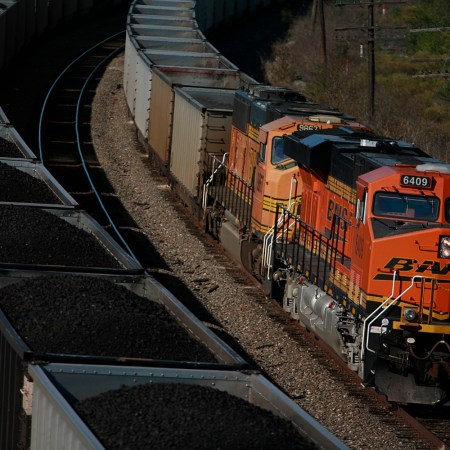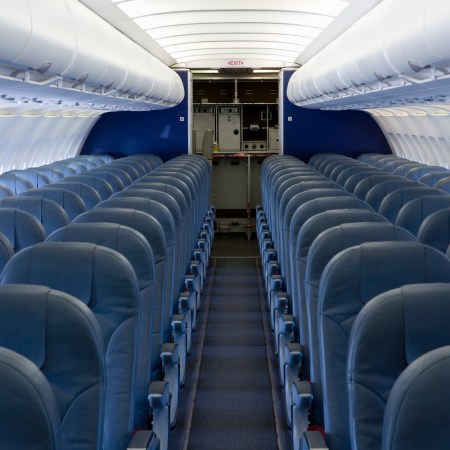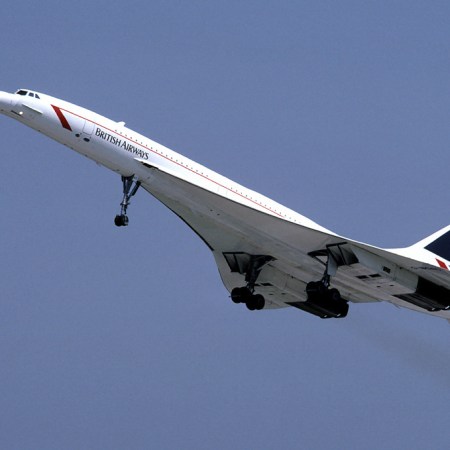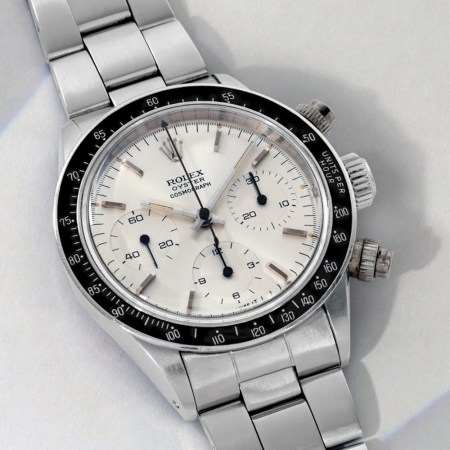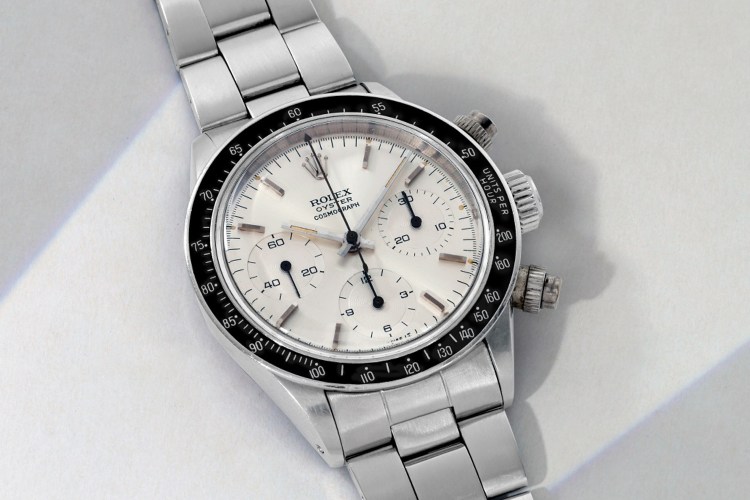It’s one of the great questions of the age: Should I drive or fly?
You know the routes: L.A. to San Francisco (spoiler: equally terrible).
Seattle to Portland.
D.C. to New York. D.C. to Philadelphia. D.C. to Boston. D.C. to anywhere, since leaving D.C. is crucial to going there.
For all these scenarios and more, Travel Math has your score.
It factors in most cost variables involved in getting from Place A to Place B, from the cost of plane tickets to your car’s gas efficiency and related wear-and-tear.
For the record: Travel Math says drive from LA to S.F.
Drive from Seattle to Portland.
Drive to D.C. from New York, too.
We’re sensing a pattern.
Once you start playing around with it, it’s addictive — never before has the five-plus-hour total travel time for the one-hour flight between New York and D.C. been as clear. And horrifying.
It’s a useful tool, but we have some suggestions for the next upgrade. Although Travel Math makes it easy to calculate carbon emissions for flights, the environmental impact of your five-hour car trip is (a) currently not available and (b) a highly relevant metric.
And as anyone who lives within 300 miles of D.C. knows, the best way to escape is by bus. Where’s the Chinatown bus, friends?
For that matter, our national railway may be limited and entirely too expensive, but a four-way comparison between flying, driving, bussing and Amtrak would make the tool considerably more valuable: The train may be a high-cost option, but it’s low-stress and low-impact.
That said, it’s a good start. But you don’t need a fancy computer to know that the easiest and cheapest choice by far is to hide in your den. The world is such a scary place.
This article appeared in an InsideHook newsletter. Sign up for free to get more on travel, wellness, style, drinking, and culture.


